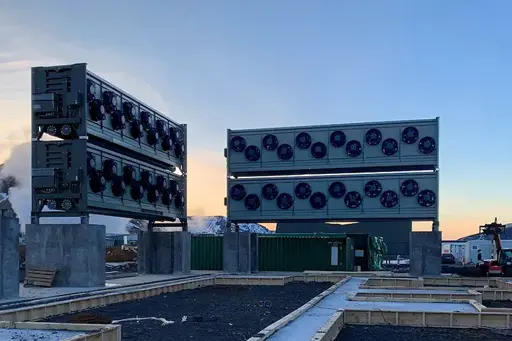The bottom line
In their paper, the MITEI team calls DAC a “very seductive concept.” Using DAC to suck CO2 out of the air and generate high-quality carbon-removal credits can offset reduction requirements for industries that have hard-to-abate emissions. By doing so, DAC would minimize disruptions to key parts of the world’s economy, including air travel, certain carbon-intensive industries, and agriculture. However, the world would need to generate billions of tonnes of CO2 credits at an affordable price. That prospect doesn’t look likely. The largest DAC plant in operation today removes just 4,000 tonnes of CO2 per year, and the price to buy the company’s carbon-removal credits on the market today is $1,500 per tonne.
The researchers recognize that there is room for energy efficiency improvements in the future, but DAC units will always be subject to higher work requirements than CCS applied to power plant or industrial flue gases, and there is not a clear pathway to reducing work requirements much below the levels of current DAC technologies.
Nevertheless, the researchers recommend that work to develop DAC continue “because it may be needed for meeting net-zero emissions goals, especially given the current pace of emissions.” But their paper concludes with this warning: “Given the high stakes of climate change, it is foolhardy to rely on DAC to be the hero that comes to our rescue.”


